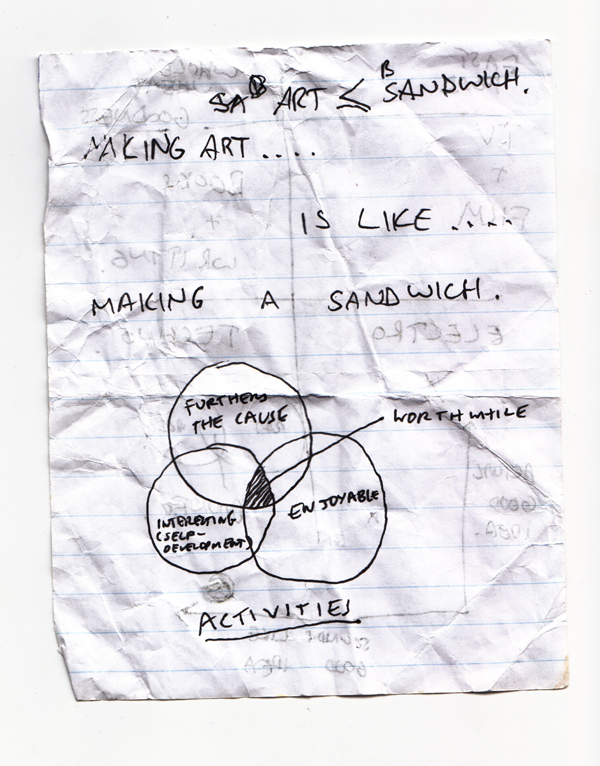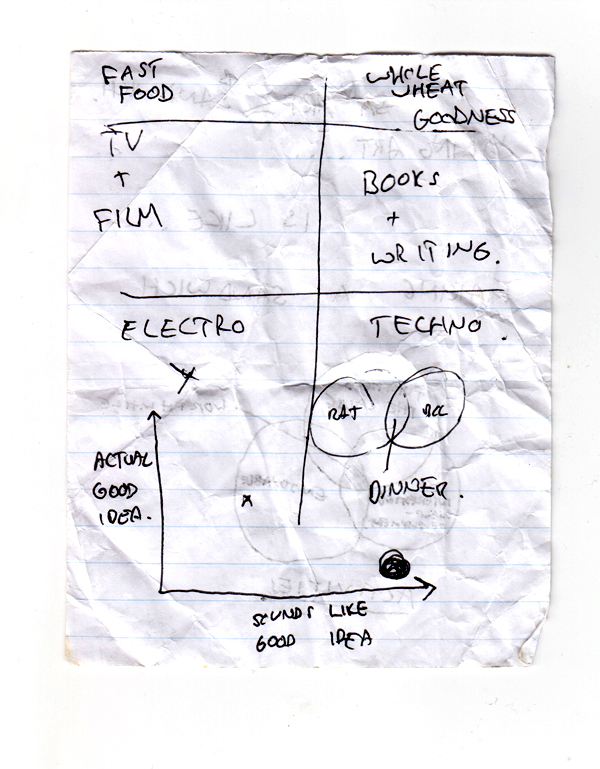 The Five Obstructions is a strange and worthwhile film. Jorgen Leth: a film maker is tasked by fellow film maker Lars Von Trier to remake his short film 'The Perfect Human' five times. However Von Trier stipulates five obstructions in the making of these and in doing so a documentary type film is created about the constraints and liberations upon creativity that rules and obstructions create.
The Five Obstructions is a strange and worthwhile film. Jorgen Leth: a film maker is tasked by fellow film maker Lars Von Trier to remake his short film 'The Perfect Human' five times. However Von Trier stipulates five obstructions in the making of these and in doing so a documentary type film is created about the constraints and liberations upon creativity that rules and obstructions create.
As a designer who relishes the constraints and obstacles presented by a well written brief, I find it particularly interesting. The two protagonists of the film battle against each other: the first hinders the creation of a good film, and attempts to render the end product laughable and frankly bad through the obstructions he imposes, whilst the other defends, works around and uses the constraints to create something of worth. Thus the idea of challenge and success is naturally written into the brief. A design brief could perhaps be compared in that respect to a maths equation or a riddle- there is problem ergo there must be an answer and if we manage to work through and obtain an answer it must be either right or wrong- thus it's success (or failure) is easy to gauge. If only a brief were that simple. Of course there is no one firm positive response to a set of rules- how could there be when rules can be moved, changed, bent, coerced, massaged, and in some cases ignored.
Firstly, I believe it is the suggestion of and the striving for, however intangible and impossible, the 'perfect solution' that gives a designer a love of the brief and the desire to begin in the first place. Secondly- in the film one of the points that I never managed to get to grips with was why Lars von Trier and Jorgen Leth would bother to do this seemingly pointless task in th first place. In the end I think it's to do with something I keep coming back to myself- it's the journey not the destination that's important. Von Trier set the rules as harshly as he could to fuck Leth up- he didn't want a beautiful polished short at the end he wanted the film maker to stumble, trip and preferably fall so that both might learn something in the process. It seems to me that the seemingly pointless (in this case a film with no direct message to convey, no direct reward to be gained. This could equally be a piece of design used to practice techniques, or scope interesting conceptual territory) can be made attractive to work on by constraints, rules and briefs which turn the pointless into a challenge.
(Sorry for the ramble- for a bit of context (if anyone got this far!) I'm finding it hard to motivate myself to complete self initiated projects- I think I may need to write some briefs- as I conclude these are motivation in themselves- when well written)








